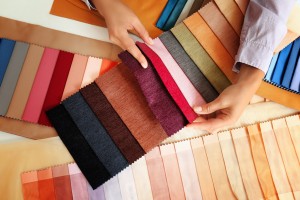Laser cutting has become a popular method for cutting fabric in the textile industry. The precision and speed of laser cutting offer several advantages over traditional cutting methods. However, cutting fabric with a laser cutter requires a different approach than cutting other materials. In this article, we will provide a guide to laser cutting for fabrics, including tips and techniques to ensure a successful outcome.
The type of fabric you choose will affect the quality of the cut and the potential for burnt edges. Synthetic fabrics are more likely to melt or burn than natural fabrics, so it is essential to choose the right fabric for laser cutting. Cotton, silk, and wool are excellent choices for laser cutting, while polyester and nylon should be avoided.

A cutting table is essential when laser cutting fabric. The cutting table should be made of a non-reflective material, such as wood or acrylic, to prevent the laser from bouncing back and causing damage to the machine or the fabric. The cutting table should also have a vacuum system to remove the fabric debris and prevent it from interfering with the laser beam.
A masking material, such as masking tape or transfer tape, can be used to protect the fabric from burning or melting during the cutting process. The masking material should be applied to both sides of the fabric before cutting. This will help to prevent the fabric from moving during the cutting process and protect it from the heat of the laser.
The design of the pattern or shape being cut can affect the quality of the cut. It is essential to optimize the design for laser cutting to ensure a successful outcome. The design should be created in a vector format, such as SVG or DXF, to ensure that it can be read by the laser cutter. The design should also be optimized for the size of the cutting bed to prevent any issues with the size of the fabric.
The lens of the laser cutter should be clean before cutting fabric. Dust or debris on the lens can interfere with the laser beam and affect the quality of the cut. The lens should be cleaned with a lens cleaning solution and a clean cloth before each use.
Before cutting a large piece of fabric, it is recommended to do a test cut to ensure that the settings and design are correct. This will help to prevent any issues with the fabric and reduce waste.
After cutting the fabric, it is important to remove any remaining masking material and debris from the fabric. The fabric should be washed or dry cleaned to remove any residue or odor from the cutting process.
Media Contact
Company Name: Mimowork
Email: Send Email
Country: China
Website: https://www.mimowork.com/
